Regensburg, Germany
< Start at the beginning of this series: Grand European River Cruise
Today we’ll go back in time on a walking tour of the medieval city of Regensburg, Germany. Untouched by bombing during WWII, Regensburg is one of Germany’s most well-preserved cities and a UNESCO World Heritage Site. It is to be a fantastic day weather-wise and we are excited for this tour because of its history – and anytime the word medieval is used to describe something, it’s usually worth a look.
“To the Celts, who founded it around 500 B.C., it was Rataspona, from which the English Ratisbon and French Ratisbonne obviously derive. To the Romans, who made it an impregnable fortress under Marcus Aurelius in A.D. 179, it was Castra Regina, meaning camp on the Regen, a reference to the tributary that meets the mighty Danube there. Came the Baiuorri, ancestors of today’s Bavarians, four centuries later, and they called it Regenespurc, which seems close enough to the accepted contemporary German name, Regensburg.” – READ MORE
Our ship docked a short walk from Villa Park. Our first look at the area is shown in the second photo above. A scary street sign, a brightly graffitied wall, an extremely decrepit concrete structure that serves as a container for weeds, some kind of engine-looking thing, oh – and a bike – all positioned right at the end of a railroad line. What a strange, but interesting photo!
“The Villa Park extends right along the bank of the Danube in the furthest eastern corner of the Regensburg Old City. This park owes its name to the royal villa of King Maximilian II of Bavaria, who built the neo-Gothic edifice in this park as his summer residence in the middle of the 19th century. Today the former royal villa [pictured above] belongs to the Bavarian state and forms the backdrop for pleasant tours and summer concerts.” – from tourismus.regensburg
If you’d like to see a beautiful photo of the summer residence from across the river which shows more of the wall, click on the link above. There you can also get links to travel planners and brochures as well as more tourist information for your next trip.
Villa Park is a beautiful green space where children play and dogs are walked, but we were on a mission to see the city and were just passing through.
Everywhere we turned were archways, doorways and gateways. While currently all are quite pleasing to the eye and very welcoming, they served a great purpose back in the day – to keep the enemy out!
Unfortunately there was no time to stop and smell the flowers, but as we walked along the path through the park, we were getting closer to the clock tower with the red roof pictured below. What a fabulous structure!
Soon we realized that our tour would be taking us through that building – actually the eastern city gate and clocktower.
The cobblestones continued. Most businesses had intricate ironwork holding their signs, but the rest of their stuccoed exteriors – although brightly colored – were pretty unpretentious. I found it very refreshing after visiting some cities where the owner’s bank balance was flaunted so flagrantly.
Neat and tidy, without a lot of gables and dormers.
From the sign at left: “The main military camp of the Third Italic Legion in Regensburg (Castra Regina) was completed under the Roman Emperor Marcus Aurelius in the year 179 A.D. The quadrilateral ground plan of the fort measured 540 by 450 meters. It was enclosed by a massive, many-towered wall built of huge stone blocks, with a wide trench. Imposing double gateways led into the fort on each of the four sides.
Some parts of the Roman fortification are still visible. The Porta Praetoria [left photo below], the north gate, sections of which are still standing, is the highest Roman structure existing in Bavaria today. However, the longest remaining sections of the Roman stone wall are found along the eastern side of the legionary fort [the wall outside the entrance to Villa Park above], where they continued to form part of the city’s fortifications for many centuries.”
We walked past (darn it) a quaint little shopping area. If only we had more time – although the iron pieces I was eyeing up in the photo below probably wouldn’t have made it through security on our flight home anyway.
As we made our way thru the city streets and past more shopping, we emerge back at the Danube and the Old Stone Bridge. According to our tour guide, “Charlemagne (Charles the Great, Charles I, King of the Franks and the Lombards and Holy Roman Emperor) first built a wooden bridge, but it proved inadequate for the traffic and was vulnerable to floods. This famous 16 arch Stone Bridge replaced it in 1146 and became the model for other European bridges, including London Bridge on the Thames and Pont d’Avignon on the Rhone.”
This was the Danube’s only bridge for 800 years and Regensburg prospered from its tolls and its location on the lucrative trade routes between Venice and Northern Europe. This is not a good photo, but there are lots of great ones at the link above.
As we continue walking the city streets, our guide tells us that decorating windows that face the street is one way folks can impress passersby, and the more levels the better. The pinkish house must be very impressive, since, from our vantage point, it seems to soar up into the clouds.
Brass bricks known as Stolperstein, or “stumbling stones,” commemorate millions of victims of the Nazi regime. Below are stones in front of a house where two members of a family were forcibly removed by the Nazis. Translated, these stones read:
“HERE LIVED, FISCHEL ROSENKRANS [also MATHILDE], ARRESTED 1938, PRISON REGENSBURG, INTERNED 1940, FORCED LABOR CAMP, SOSNOWITZ, MURDERED”
Be sure to click on the link above to read the story of how Guenther Demnig is working to change how the Holocaust is publicly remembered in Germany. To date there are more than 30,000 commemorative bricks in dozens of cities and towns across Germany.
It was very touching to see the stones and then be aware of them in front of so many houses throughout the rest of our morning – and the rest of our trip.
Emperor Maximilian was the only one standing in the way of the expulsion of the Jewish minority from Regensburg in the early 1500s. Upon his death in 1519, the Regensburgers went ahead with their plan. Around 300 people had five days to leave. The Jewish quarter and synagogue were destroyed – their cemetery desecrated. St. Mary’s Catholic Church was to be built in place of the synagogue, to suppress its memory and make their actions irreversible.
Over many years, lofty plans and little money kept the new church from being built, despite “fake news” of miracles happening in the rubble of the former Jewish community. In later years, Regensburg moved toward the Protestant-Lutheran denomination and the City Council made “Neupfarrkirche” the first Protestant parish church – and it stands here today.
With such a disturbing past, I was reluctant to even show photos, but there is an exhibition at the back of the church where the story of the church is told. According to that information, in the late 1990s remains of some of the houses destroyed were archaeologically recorded and are now accessible as part of guided tours. In addition, remnants of the old synagogue were found and a walk-in floor relief was sculpted of white concrete, which exactly reproduces its floor plan.
On a lighter note: Built after the fall of the Roman Empire, the Basilica of the Nativity of Our Lady (below) is the oldest catholic church in Bavaria and was given its nickname “Alte Kapelle” or “Old Chapel.” With its baroque style and gorgeous interior ornamentation, it is truly one of the finest masterpieces in Europe. The collegiate church and smaller basilica is part of an old abbey founded by the emperor Henry II, ruler of the Holy Roman Empire in 1002.
And here we are, back at the Danube where we meet up with our ship. Regensburg brought to the forefront some of the disturbing history of Germany that started long before Hitler. I think we need some lunch and several free beers to wash down that little history lesson.
Next up: Nuremberg, Germany
Happy trails,
Barb

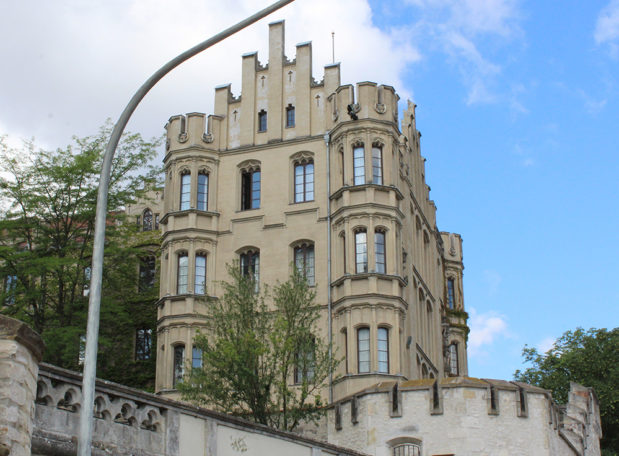

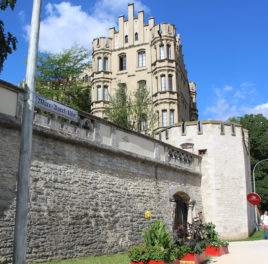
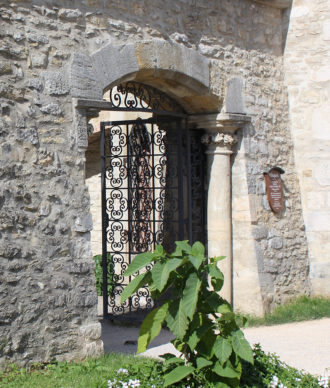


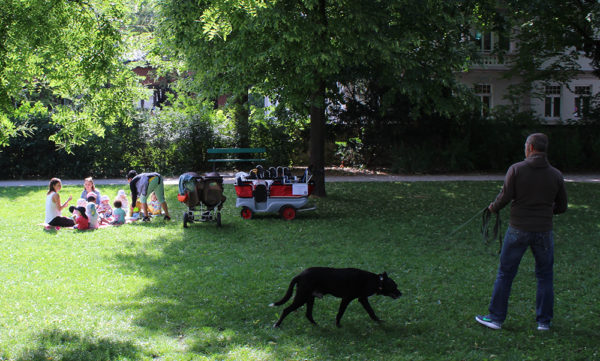

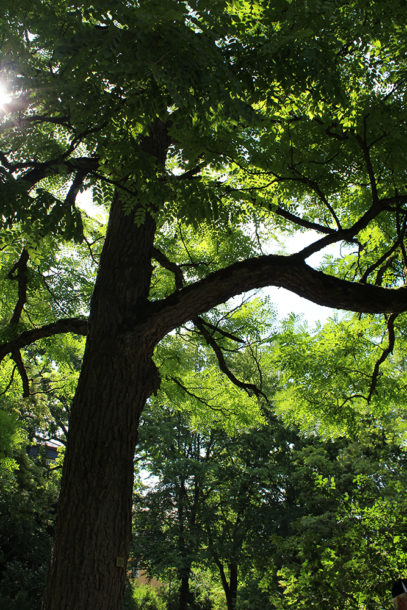


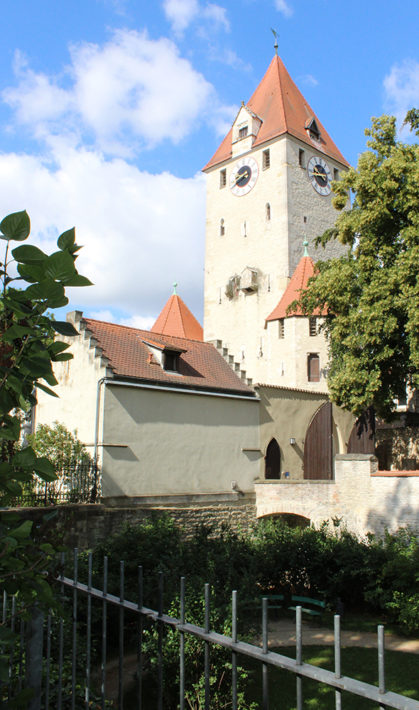
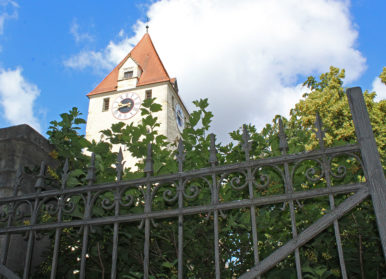

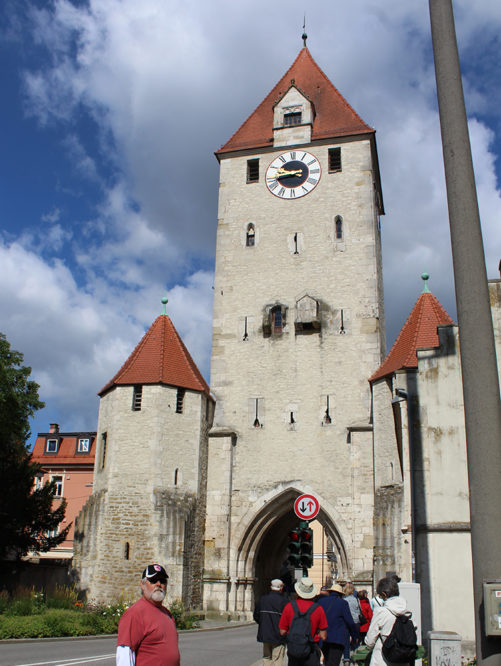

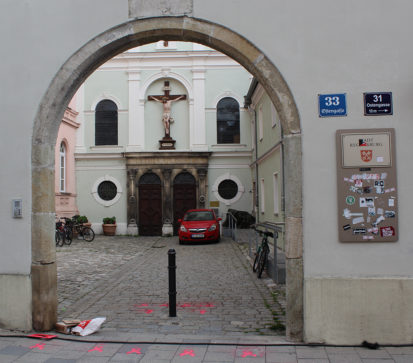


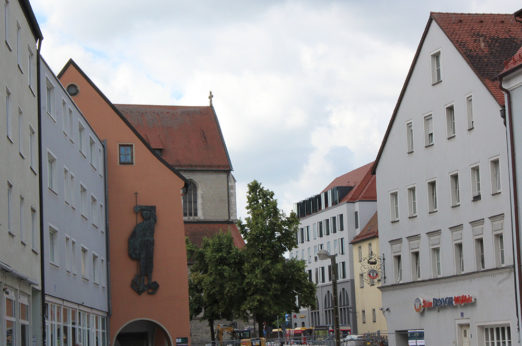
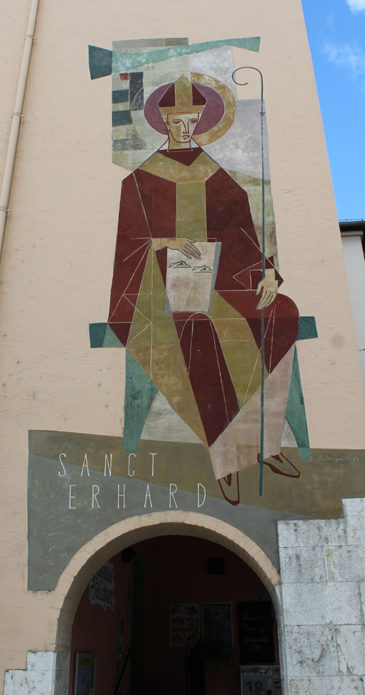
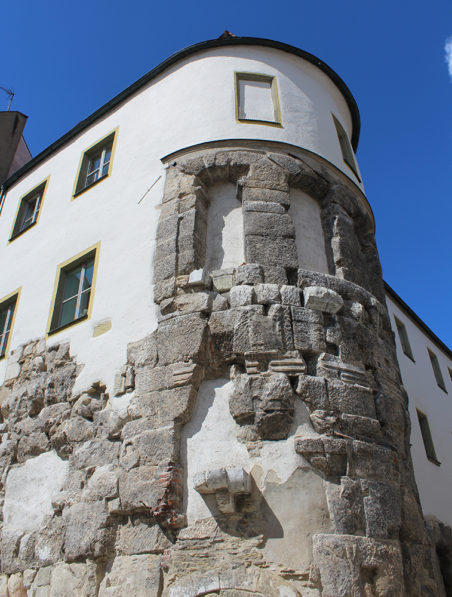

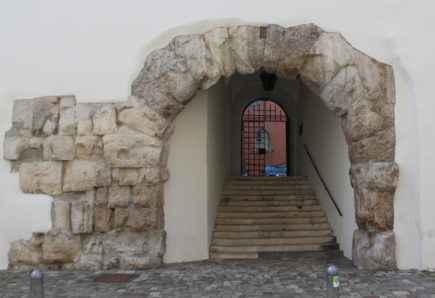


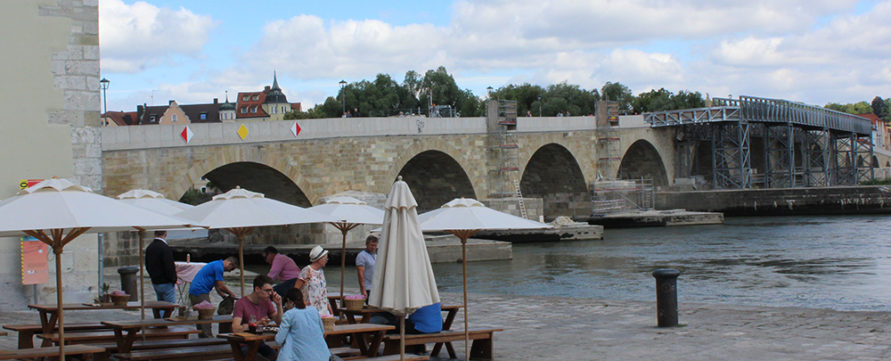
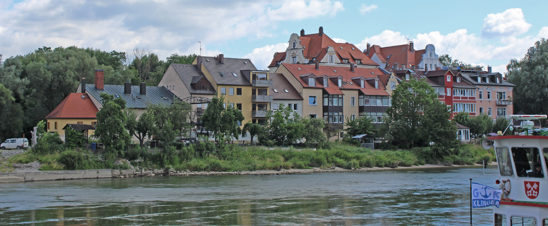
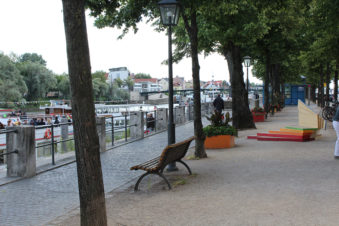

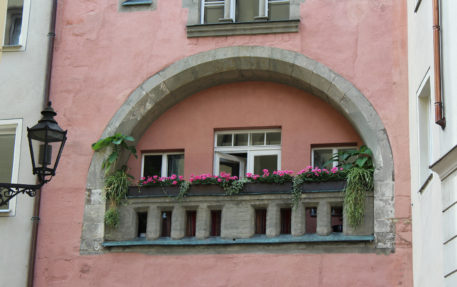
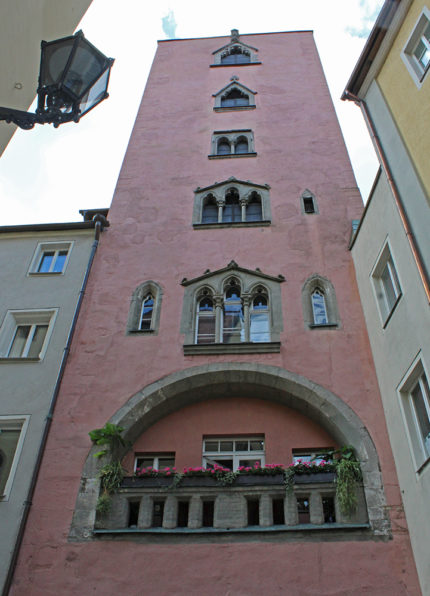
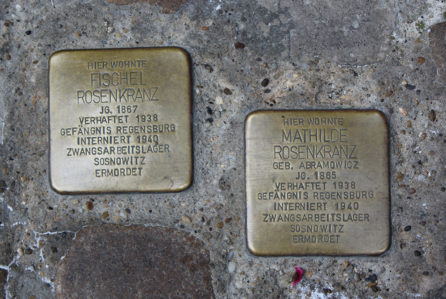
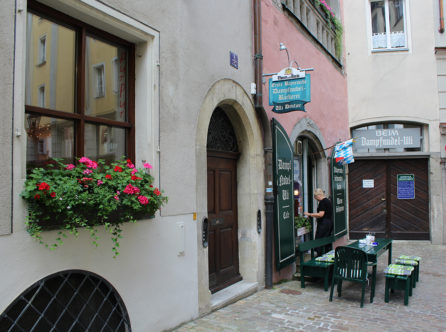
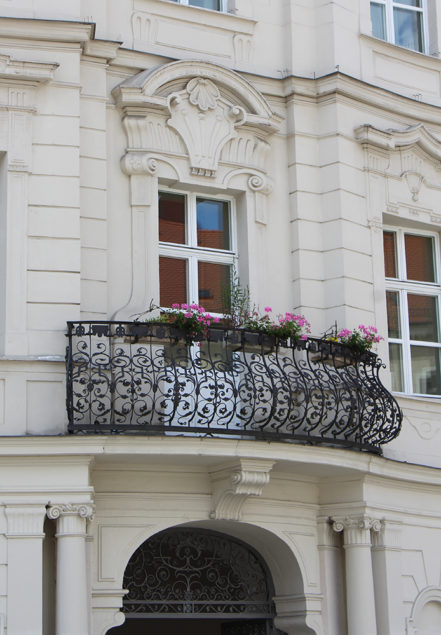
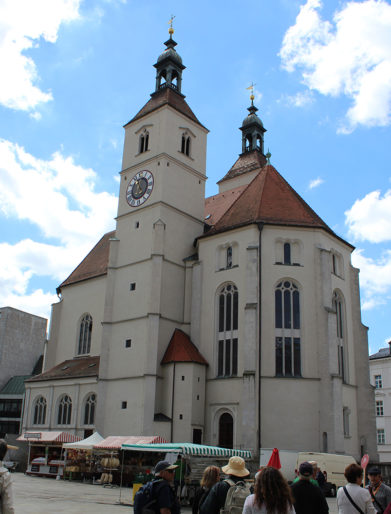
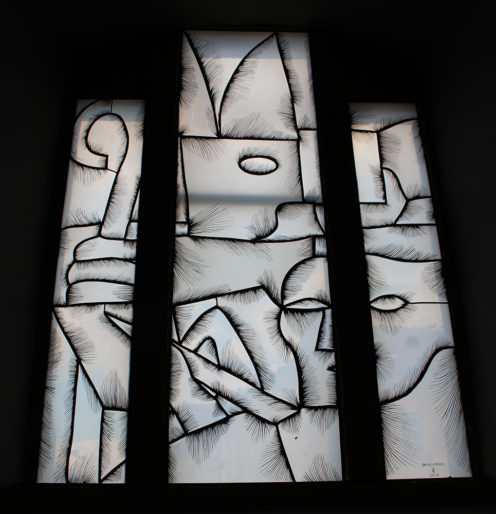
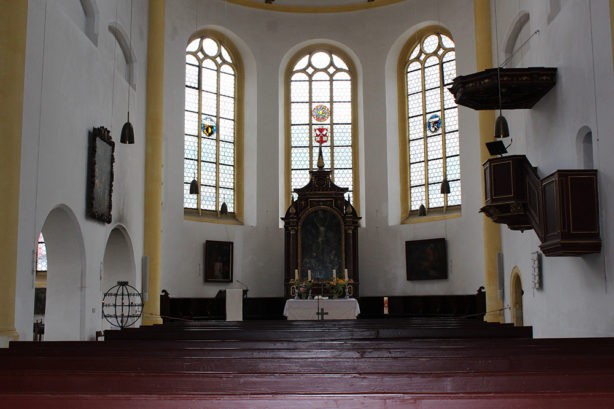
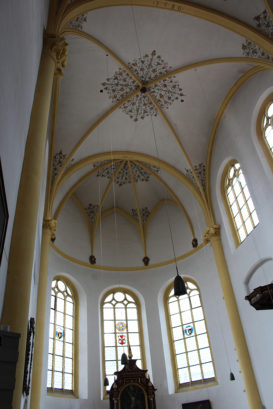
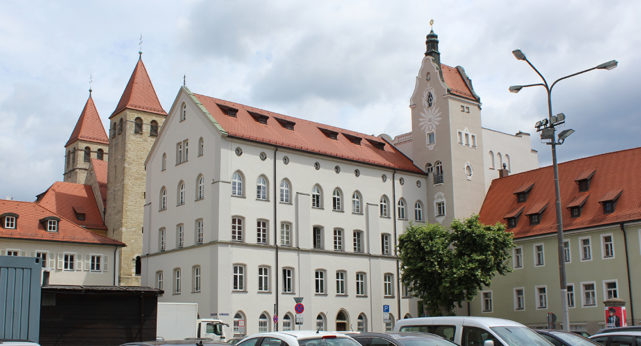
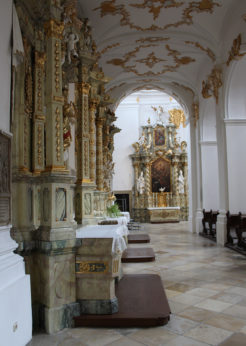
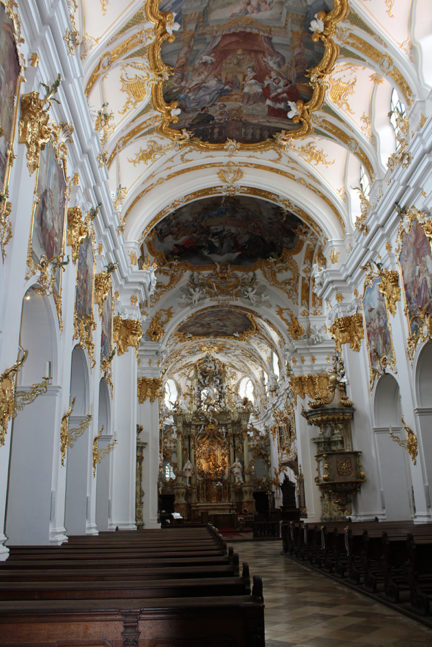

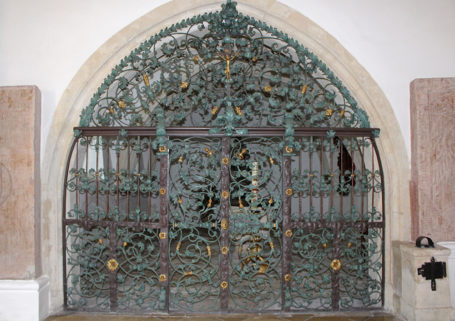







Comments are closed here.